Home>Storage & Organization>Office & Desk Organizers>How To Organize An Office Space
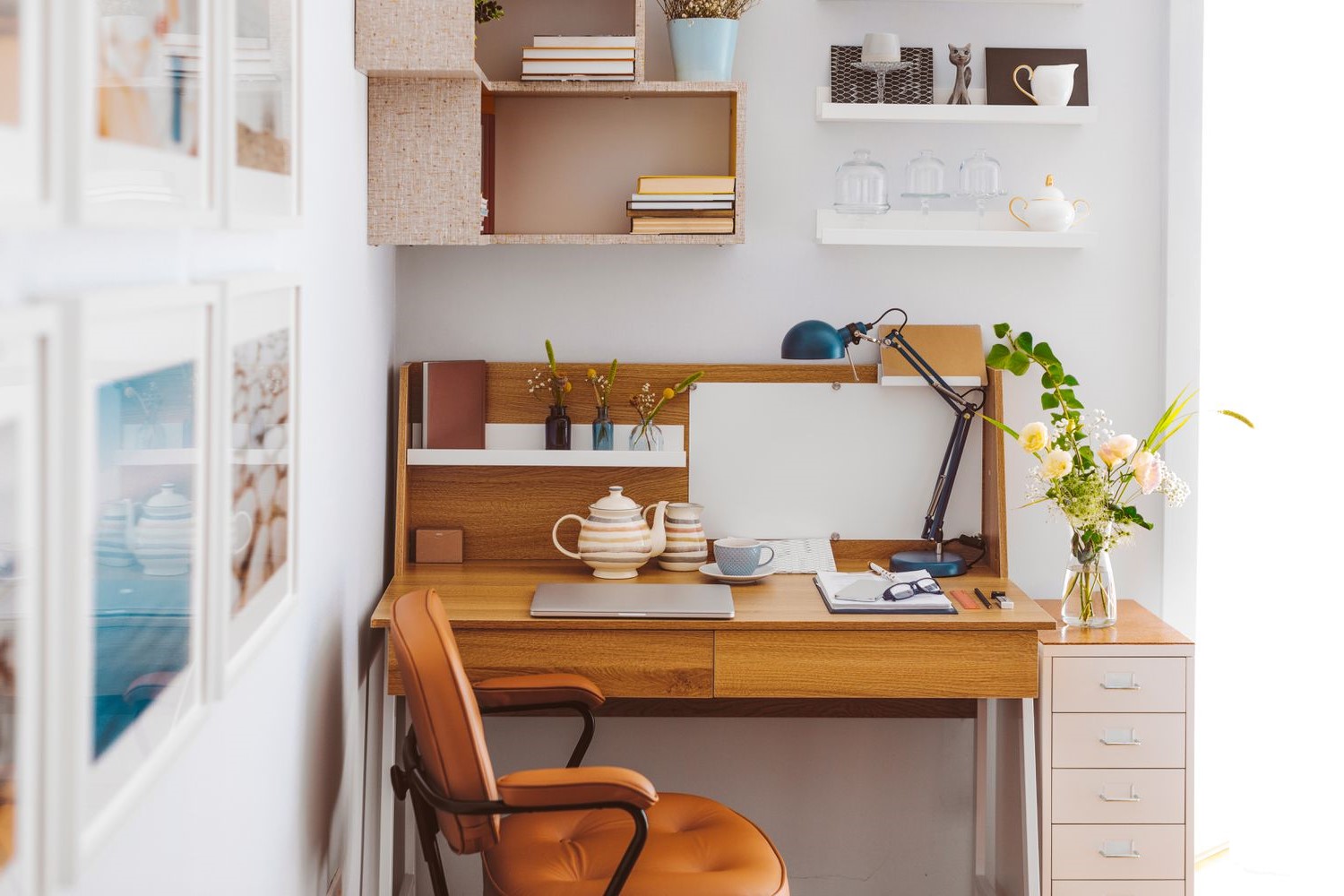

Office & Desk Organizers
How To Organize An Office Space
Published: March 2, 2024
Learn how to efficiently organize your office space with the best office and desk organizers. Maximize productivity and minimize clutter today!
(Many of the links in this article redirect to a specific reviewed product. Your purchase of these products through affiliate links helps to generate commission for Storables.com, at no extra cost. Learn more)
Introduction
Are you tired of working in a cluttered and disorganized office space? Do you find yourself constantly searching for important documents or struggling to focus amidst the chaos? If so, it's time to take control and transform your office into a well-organized and efficient workspace. In this article, we will explore the essential steps to help you organize your office space effectively. From decluttering and sorting to designing an efficient layout and setting up storage solutions, we've got you covered. By following these tips, you'll be able to create a productive work environment that promotes focus, creativity, and overall well-being. Let's dive in and get your office space in tip-top shape!
Key Takeaways:
- Takeaway 1:
Declutter and sort your office items ruthlessly, keeping only what’s essential. Implement the “KonMari” method to create a streamlined and joyful workspace, promoting focus and efficiency. - Takeaway 2:
Design an efficient layout, choose ergonomic furniture, and set up smart storage solutions to create a productive work environment. Incorporate inspirational elements and maintain a clutter-free space for enhanced creativity and well-being.
Assessing Your Office Space Needs
When it comes to organizing your office space, the first step is to assess your specific needs. Consider the type of work you do and the tools and equipment required to perform your tasks efficiently. Take into account the amount of storage space you need for documents, supplies, and equipment. Additionally, think about the layout and flow of the space. Do you need designated areas for different tasks, such as a workstation for computer work, a space for meetings, or a quiet area for focused work? By understanding your office space needs, you can create a tailored organizational plan that maximizes functionality and productivity.
- Make a list of essential items and equipment required for your work.
- Consider the type of tasks you perform and the space required for each activity.
- Evaluate the flow of the space and identify areas for specific functions, such as workstations, meeting areas, and storage zones.
By thoroughly assessing your office space needs, you can lay the foundation for a well-organized and efficient workspace that supports your work requirements.
Decluttering and Sorting
Decluttering and sorting are crucial steps in organizing an office space. Start by going through all the items in your office and sorting them into categories such as documents, supplies, equipment, and miscellaneous items. As you sort through each category, be ruthless in decluttering. Ask yourself if each item is essential to your work or if it can be discarded or stored elsewhere. Consider implementing the "KonMari" method by Marie Kondo, where you keep only the items that spark joy and serve a practical purpose in your office.
- Sort items into categories such as documents, supplies, and equipment.
- Be selective and declutter ruthlessly, keeping only what is essential and brings value to your work.
- Consider implementing the “KonMari” method to keep items that spark joy and serve a practical purpose.
Once you have decluttered and sorted through your items, you'll be left with a streamlined collection of essentials, making it easier to move on to the next steps of organizing your office space.
Designing an Efficient Layout
Creating an efficient layout for your office space is essential for maximizing productivity and functionality. Start by considering the flow of your work and how you move within the space. Position your desk or primary workspace in a way that allows for natural movement and easy access to frequently used items. If you have client meetings or collaborative work, designate a separate area for these activities to maintain privacy and professionalism.
When designing the layout, take advantage of natural light and consider the placement of windows to optimize the use of daylight. Additionally, think about the positioning of electrical outlets and technology requirements to ensure easy access to power sources and connectivity.
Consider using ergonomic principles when arranging furniture and equipment to promote comfort and reduce strain. Invest in a comfortable chair, position your computer monitor at eye level, and ensure that frequently used items are within arm's reach to minimize unnecessary movement.
Furthermore, create designated zones for specific tasks, such as a printing station, reference library, or filing area. By organizing your office space into functional zones, you can streamline your workflow and reduce the time spent searching for items or moving between different work areas.
Lastly, consider incorporating personal touches and elements that inspire creativity and motivation. Whether it's artwork, plants, or meaningful decor, infusing your office space with elements that resonate with you can enhance your overall work experience and productivity.
By carefully designing an efficient layout for your office space, you can create a workspace that supports your work requirements and promotes productivity and well-being.
Invest in storage solutions like shelves, filing cabinets, and desk organizers to keep your office space clutter-free and organized.
Choosing the Right Furniture
Selecting the right furniture is crucial in creating a well-organized and functional office space. When choosing furniture, prioritize comfort, functionality, and aesthetics. Invest in a quality desk and chair that provide ergonomic support to promote good posture and reduce the risk of discomfort or injury. Look for a desk with ample workspace to accommodate your tasks and consider adjustable features to customize the height and configuration based on your needs.
Additionally, consider storage options when selecting furniture. Opt for desks with built-in drawers or shelves to keep essential items within reach and maintain a clutter-free workspace. For seating, choose a chair with proper lumbar support and adjustable features to ensure comfort during long hours of work.
When it comes to storage furniture, such as cabinets, shelves, and filing systems, assess your specific storage needs. Consider the volume of documents, supplies, and equipment that require storage and select furniture that offers adequate space and organization options. Utilize vertical space by incorporating tall bookshelves or storage cabinets to maximize storage capacity while minimizing the footprint in your office.
Furthermore, consider the aesthetic appeal of the furniture to create a cohesive and inviting office environment. Choose furniture pieces that complement the overall design and style of your office space, whether it's modern, traditional, or minimalist. Selecting furniture with a cohesive color palette and design aesthetic can contribute to a harmonious and visually appealing workspace.
When purchasing furniture, consider the quality and durability of the materials. Investing in well-constructed furniture may require a higher initial investment, but it can lead to long-term satisfaction and functionality. Look for furniture made from sturdy materials that can withstand daily use and maintain their aesthetic appeal over time.
By carefully selecting the right furniture for your office space, you can create a comfortable, organized, and visually pleasing environment that supports your work activities and enhances productivity.
Setting Up Storage Solutions
Effective storage solutions are essential for maintaining an organized and clutter-free office space. When setting up storage solutions, consider the following strategies to optimize space and accessibility:
-
Utilize Vertical Space: Make use of vertical storage options such as tall bookshelves, wall-mounted shelves, and overhead cabinets. By utilizing vertical space, you can maximize storage capacity while minimizing the footprint in your office. Store less frequently used items on higher shelves and reserve lower shelves for easy access to everyday essentials.
-
Implement Functional Organization: Organize items within storage units based on their frequency of use and category. Utilize storage bins, baskets, and drawer organizers to keep smaller items neatly arranged and easily accessible. Labeling storage containers and shelves can further enhance organization and streamline the retrieval of items.
-
Incorporate Multi-Functional Furniture: Choose furniture pieces that serve dual purposes, such as desks with built-in drawers, ottomans with hidden storage compartments, or filing cabinets that double as end tables. Multi-functional furniture can help maximize space utilization while providing convenient storage solutions.
-
Optimize Filing Systems: Establish an efficient filing system for documents, whether in physical or digital format. Utilize file cabinets, document organizers, or desktop file holders to keep important papers organized and easily accessible. Consider color-coding or labeling file categories to facilitate quick identification.
-
Create a Dedicated Supply Station: Designate a specific area for office supplies, such as pens, notepads, and stationery. Utilize desk organizers, caddies, or drawer dividers to keep supplies neatly arranged and prevent clutter. Having a dedicated supply station promotes efficiency and ensures that essential items are readily available when needed.
-
Maximize Underutilized Spaces: Identify underutilized spaces in your office, such as the back of doors, under desks, or within closets, and implement storage solutions tailored to these areas. Over-the-door organizers, under-desk storage bins, and hanging shelves can effectively utilize these spaces for storage purposes.
By implementing these storage solutions, you can create an organized and functional office space that promotes efficiency, productivity, and a sense of clarity and control.
Creating a Productive Work Environment
Creating a productive work environment is essential for fostering focus, creativity, and overall well-being in your office space. By incorporating the following strategies, you can optimize your workspace to promote efficiency and productivity:
-
Optimizing Lighting: Adequate lighting is crucial for a productive work environment. Maximize natural light by positioning workstations near windows and using sheer or light-filtering window treatments to minimize glare. Additionally, incorporate task lighting, such as desk lamps or overhead lights, to provide focused illumination for specific work tasks.
-
Promoting Ergonomic Comfort: Prioritize ergonomic comfort to support your physical well-being and productivity. Invest in an ergonomic chair that provides proper lumbar support and adjustable features to promote good posture. Position your computer monitor at eye level to reduce neck strain, and use ergonomic accessories, such as keyboard trays and monitor stands, to customize your workstation for optimal comfort.
-
Minimizing Distractions: Identify and minimize potential distractions in your office space. Consider implementing sound-absorbing materials, such as area rugs or acoustic panels, to reduce noise levels and create a quieter work environment. Additionally, establish boundaries to delineate your workspace and minimize interruptions, whether through physical barriers or clear communication with others sharing the space.
-
Incorporating Inspirational Elements: Infuse your office space with elements that inspire creativity and motivation. Whether it's artwork, motivational quotes, or personal mementos, incorporating inspirational elements can enhance your mood and mindset, fostering a positive and productive work environment.
-
Establishing a Daily Routine: Create a structured daily routine to optimize your productivity. Set specific work hours, breaks, and designated time for focused work, collaboration, and creative tasks. By establishing a routine, you can cultivate a sense of discipline and consistency, leading to increased productivity and efficiency.
-
Maintaining a Clutter-Free Environment: Regularly declutter and organize your workspace to maintain a clean and clutter-free environment. Implement a system for managing incoming documents and items, and designate specific times for tidying up and organizing your office space. A clutter-free environment can contribute to a clear and focused mindset, enhancing your productivity.
-
Incorporating Greenery: Introduce plants and greenery into your office space to create a more vibrant and refreshing atmosphere. Plants not only add visual appeal but also contribute to improved air quality and a sense of well-being. Select low-maintenance indoor plants that thrive in indoor environments, such as succulents, pothos, or peace lilies, to bring a touch of nature into your workspace.
By implementing these strategies, you can create a productive work environment that supports your work activities, enhances focus and creativity, and contributes to a positive and fulfilling work experience.
Conclusion
In conclusion, organizing an office space is a transformative process that can significantly impact your productivity, efficiency, and overall well-being. By assessing your office space needs, decluttering and sorting, designing an efficient layout, choosing the right furniture, setting up storage solutions, and creating a productive work environment, you can create an organized and functional workspace tailored to your specific work requirements.
By implementing these essential steps, you can cultivate a workspace that promotes focus, creativity, and a sense of clarity and control. Remember that organizing your office space is an ongoing process, and regular maintenance and adjustments are necessary to sustain an organized environment. With a well-organized office space, you can enhance your work experience, streamline your workflow, and create a conducive environment for success. Embrace the journey of organizing your office space, and enjoy the benefits of a well-structured and efficient workspace.
Frequently Asked Questions about How To Organize An Office Space
Was this page helpful?
At Storables.com, we guarantee accurate and reliable information. Our content, validated by Expert Board Contributors, is crafted following stringent Editorial Policies. We're committed to providing you with well-researched, expert-backed insights for all your informational needs.
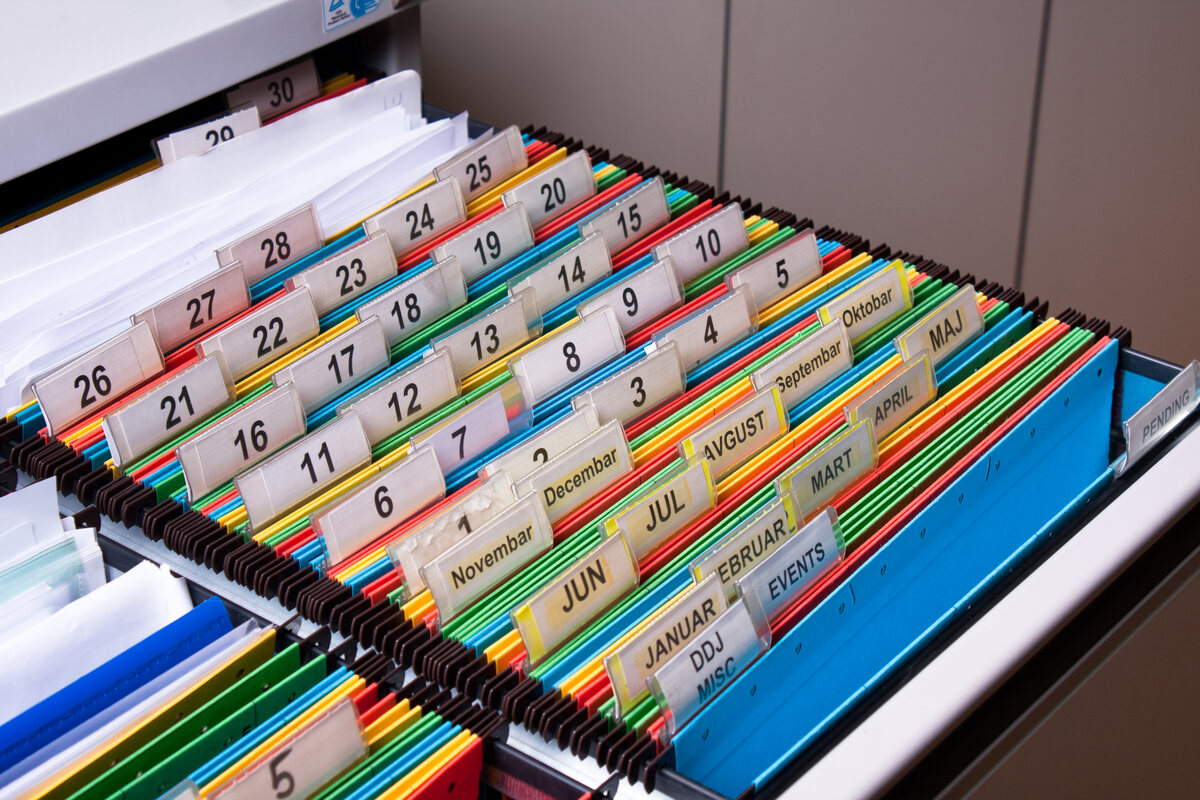
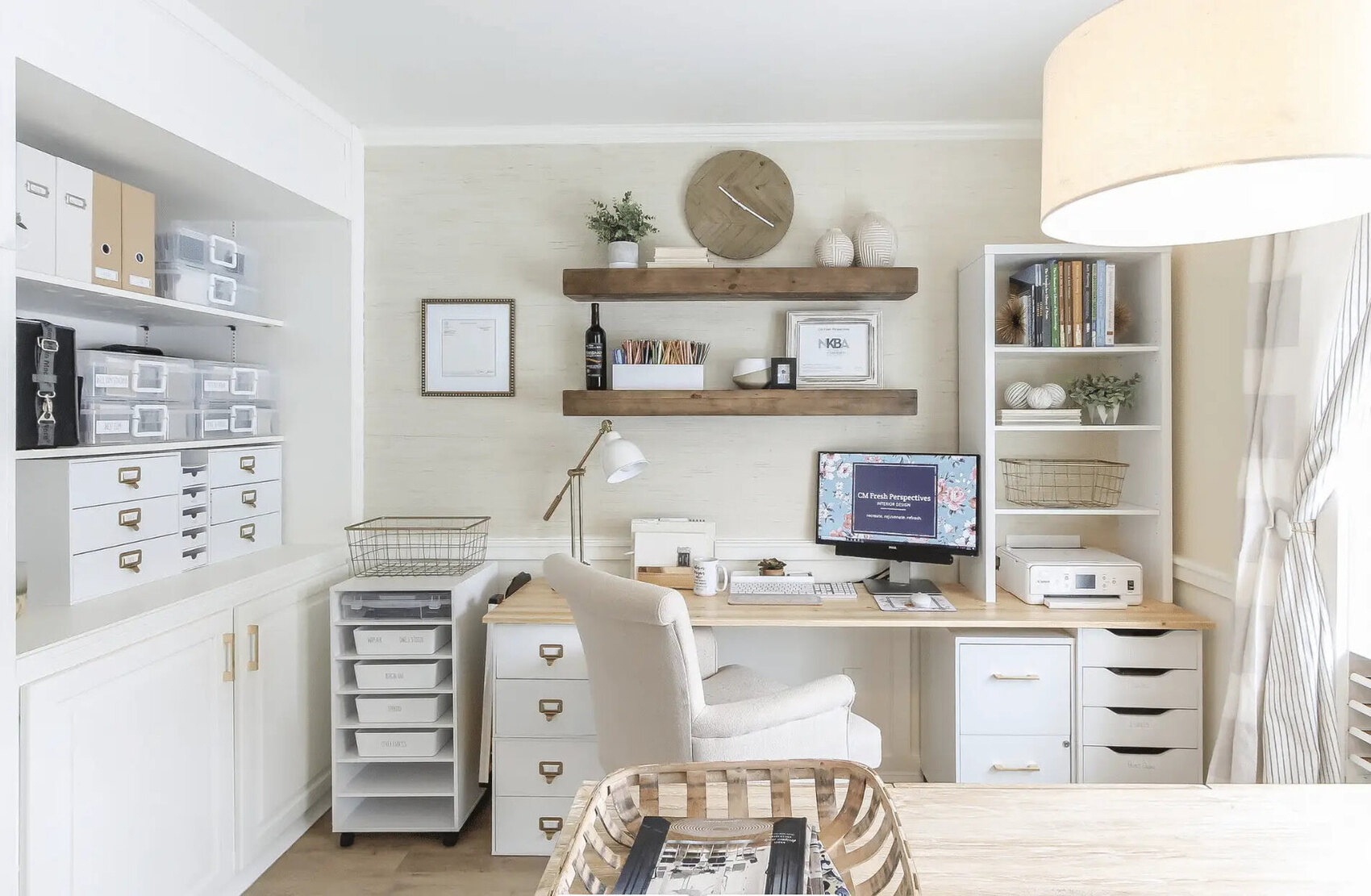
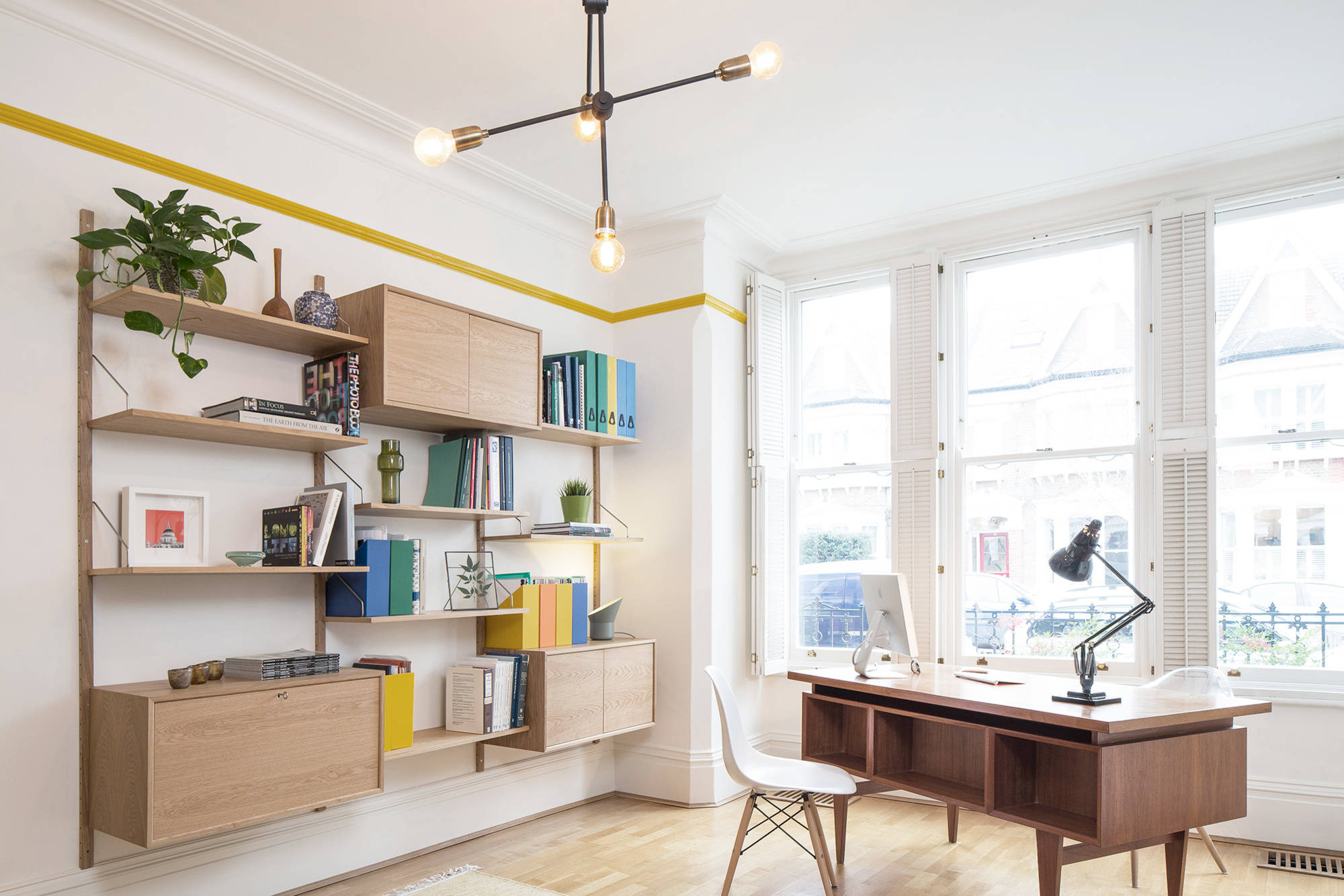
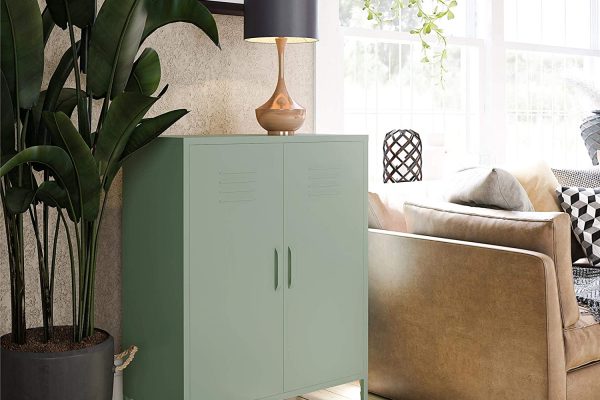
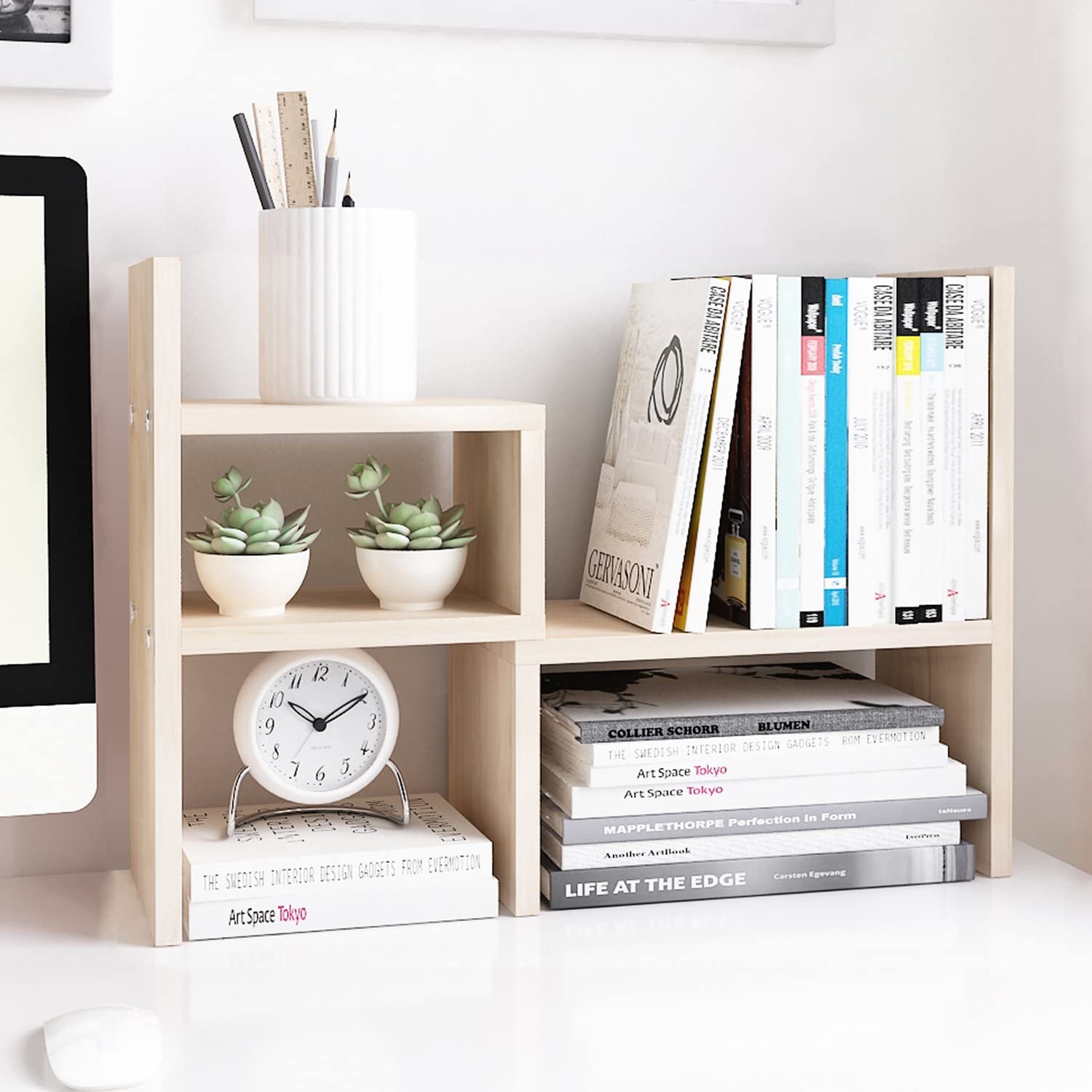
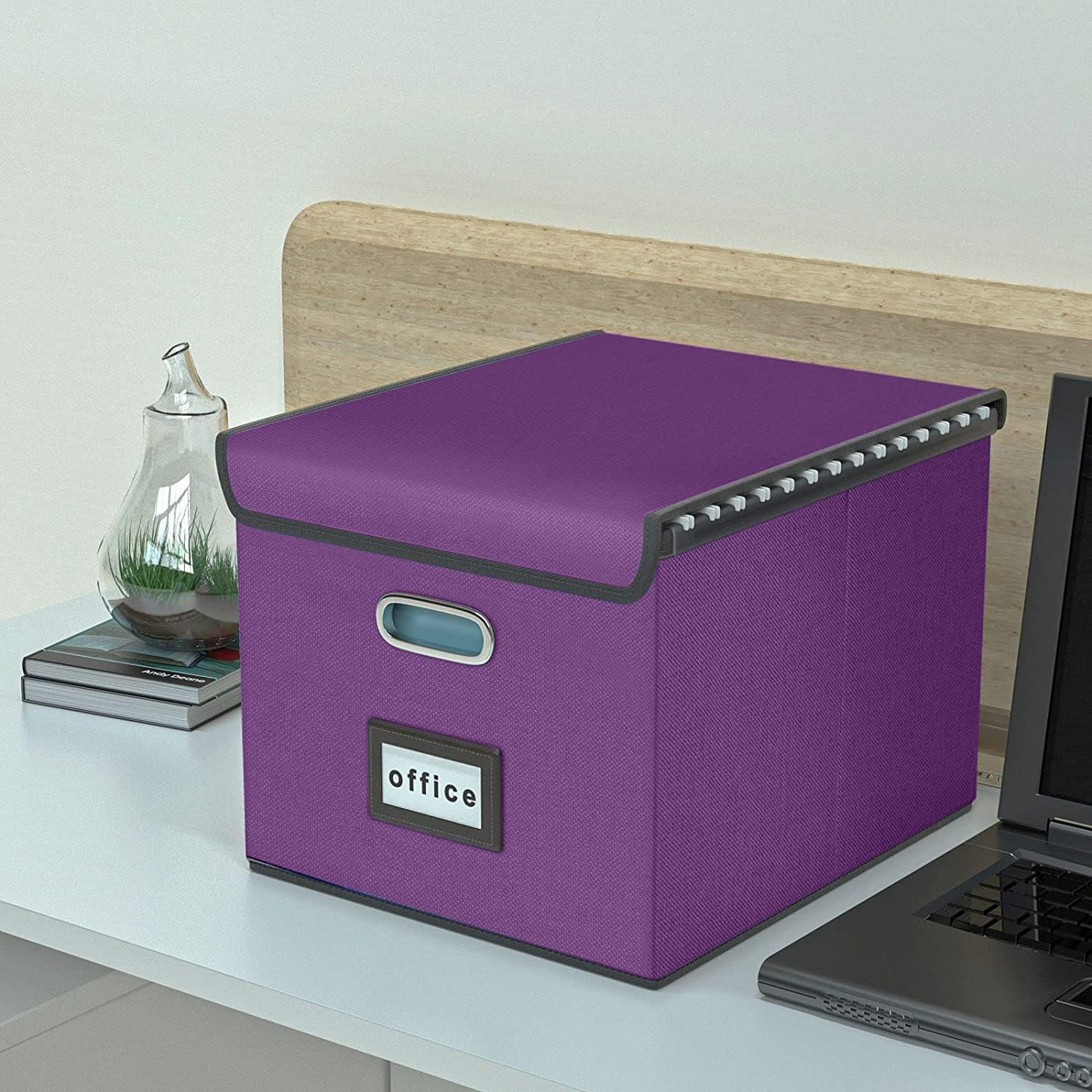
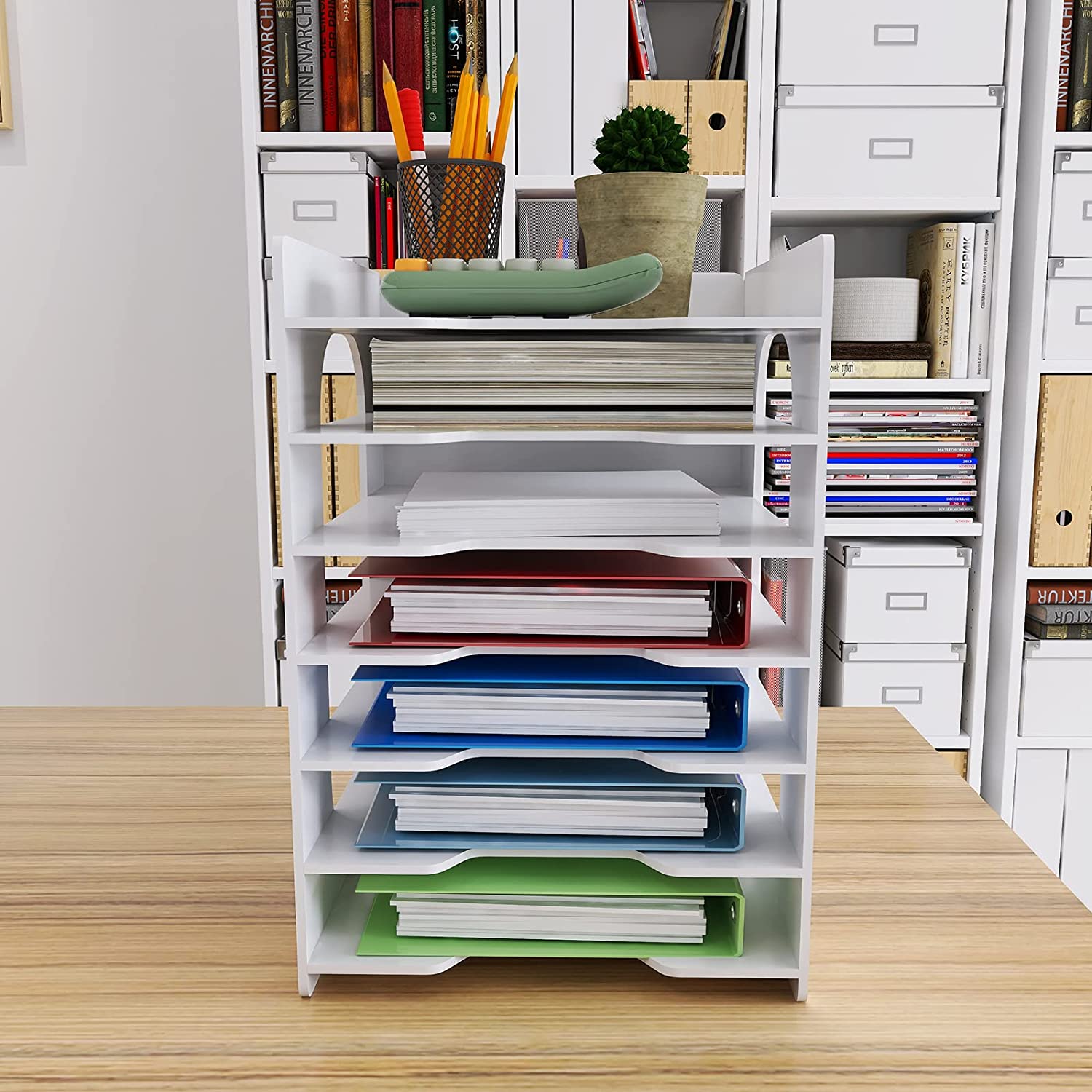
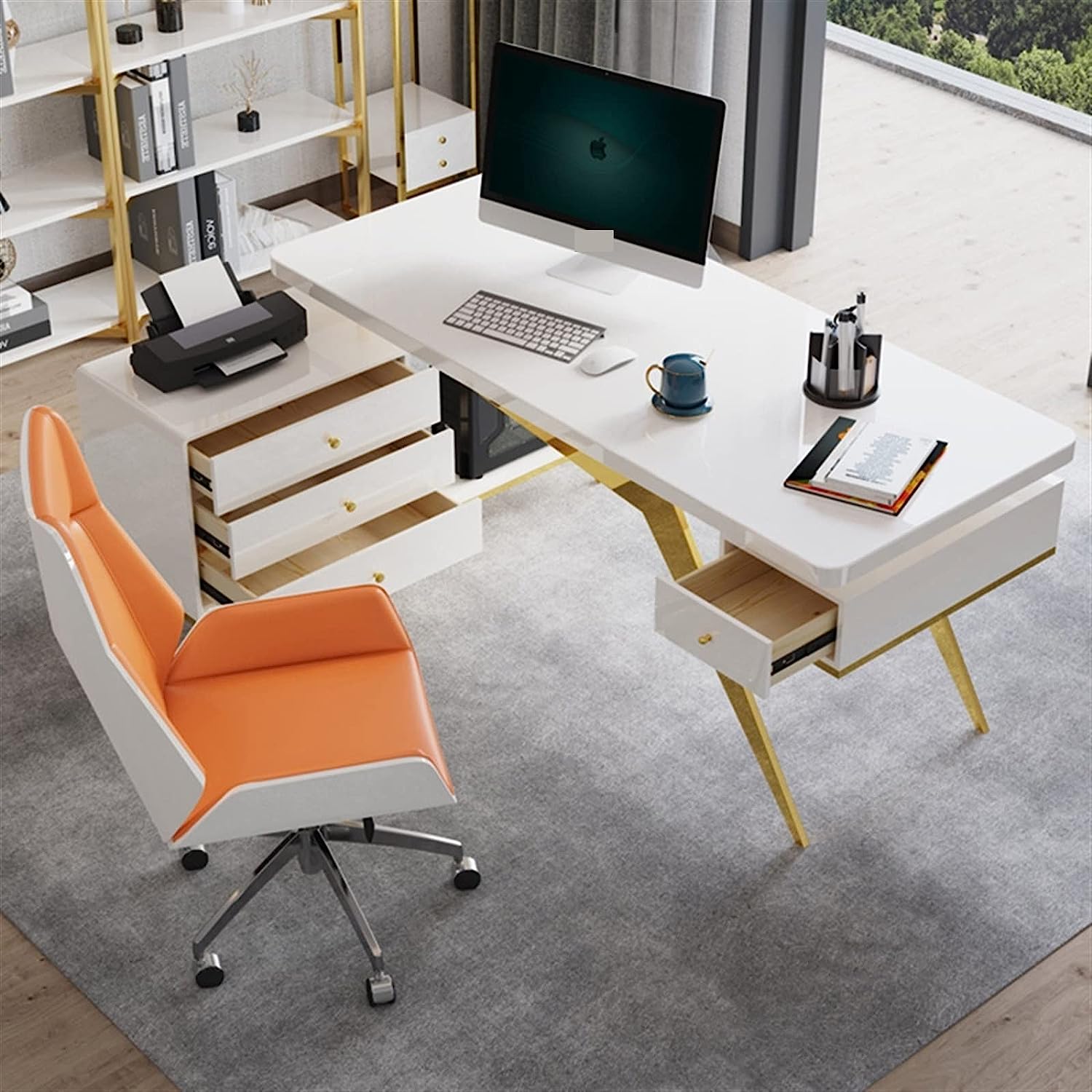
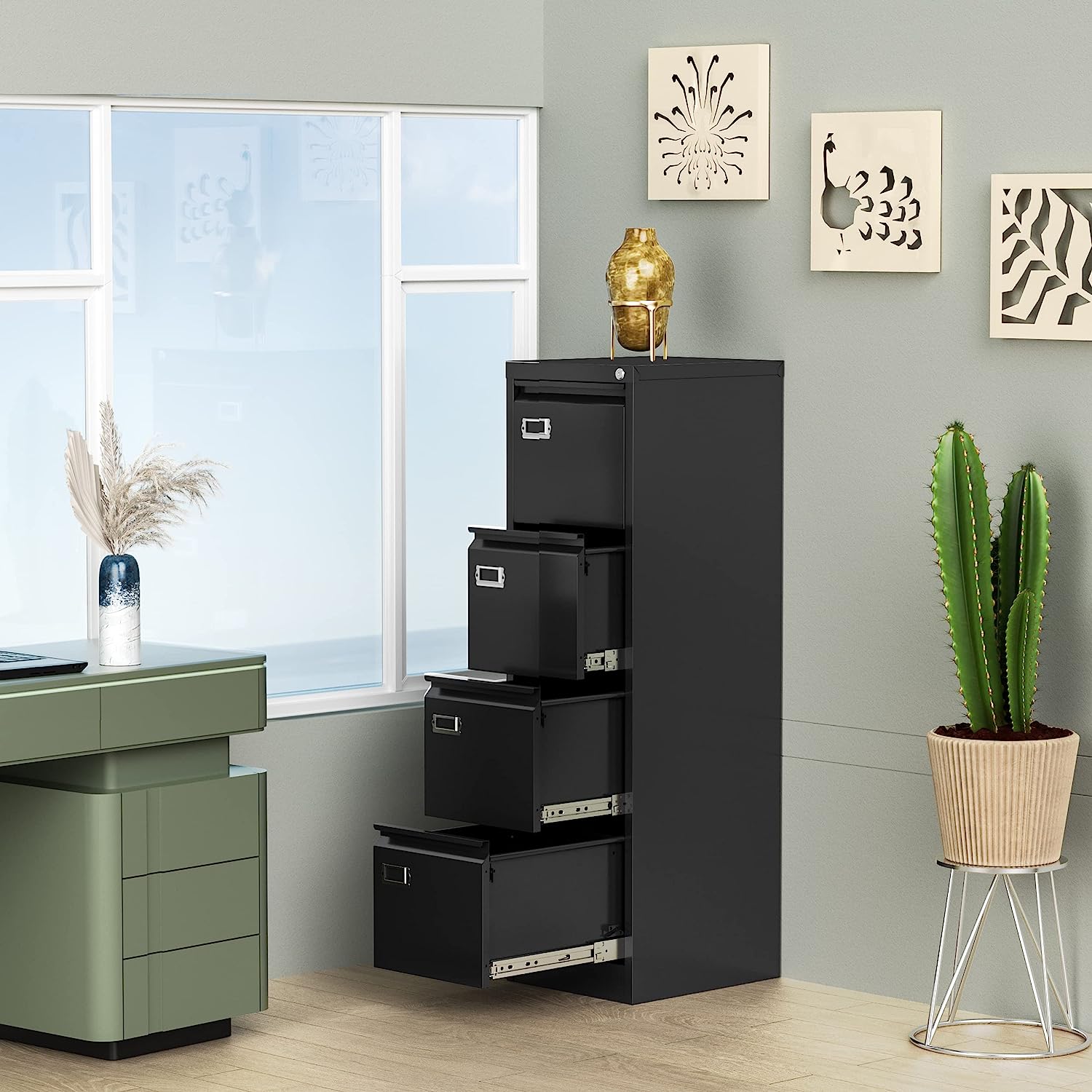
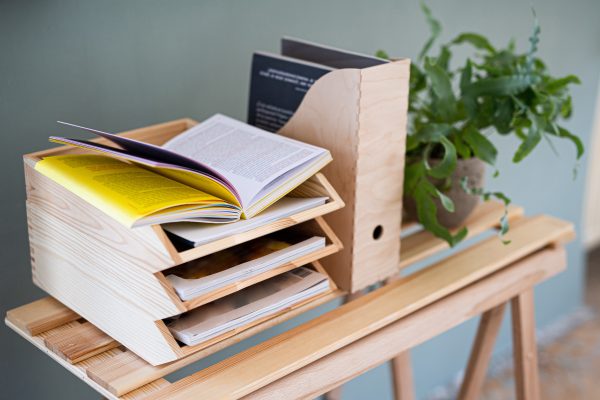
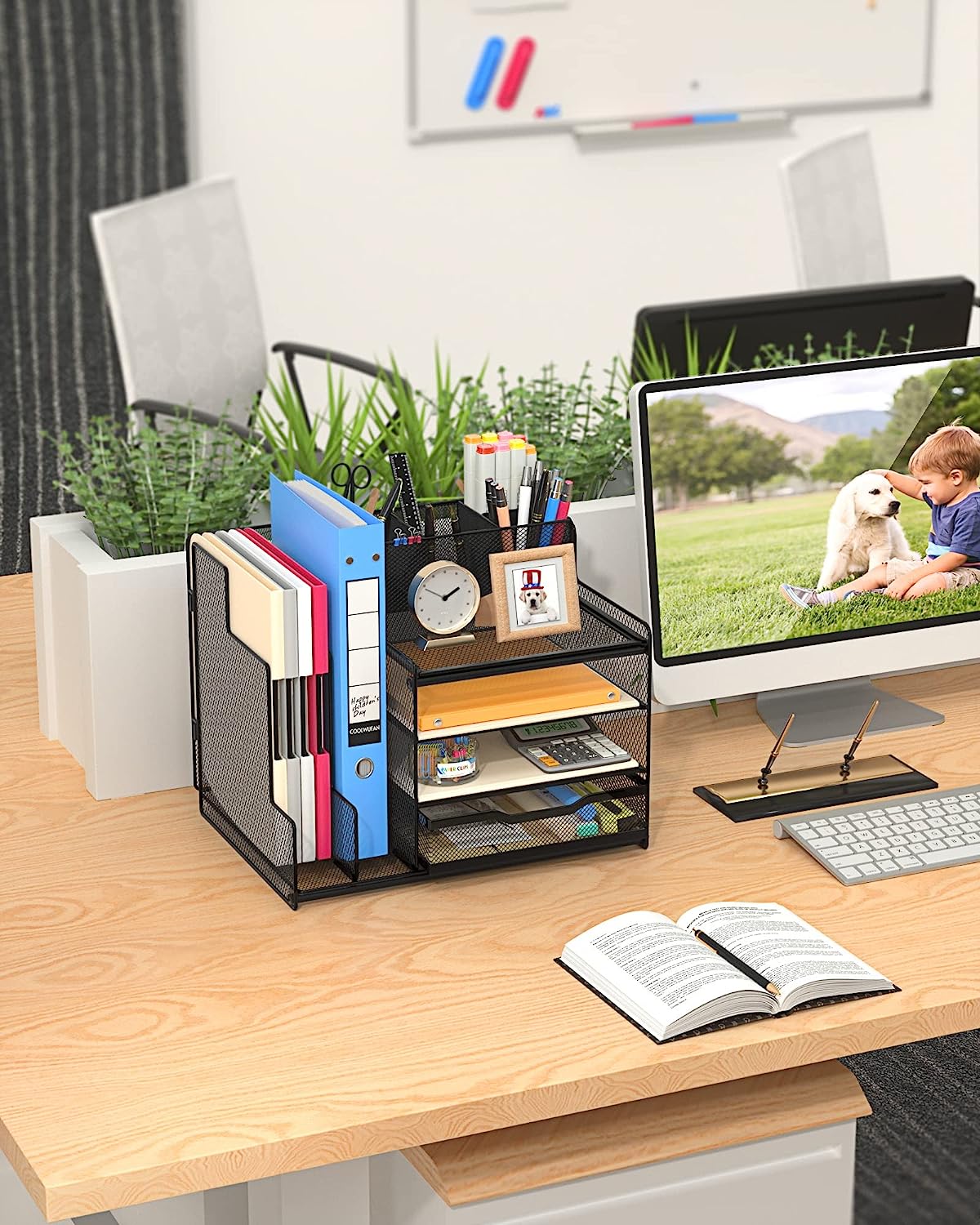

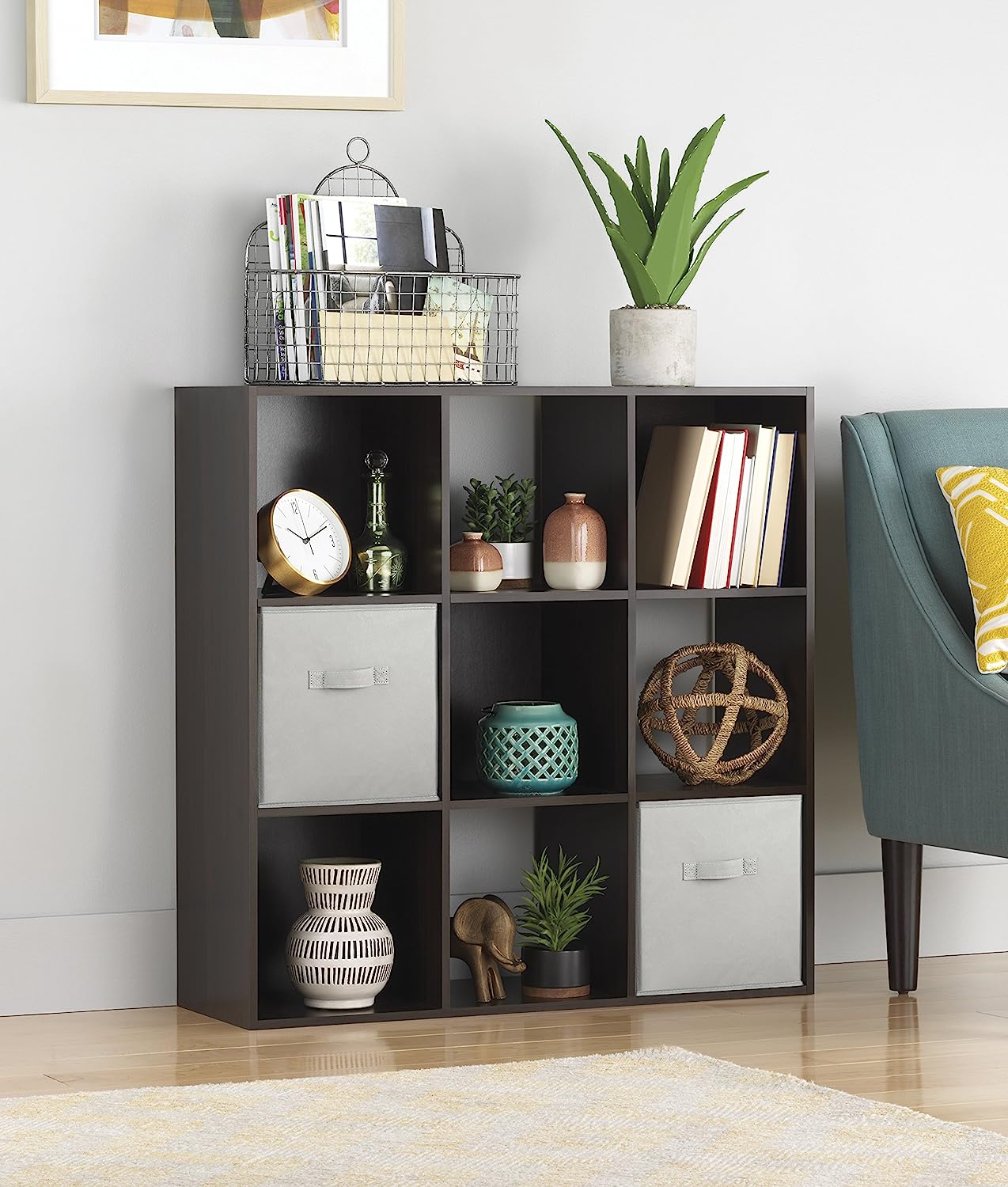
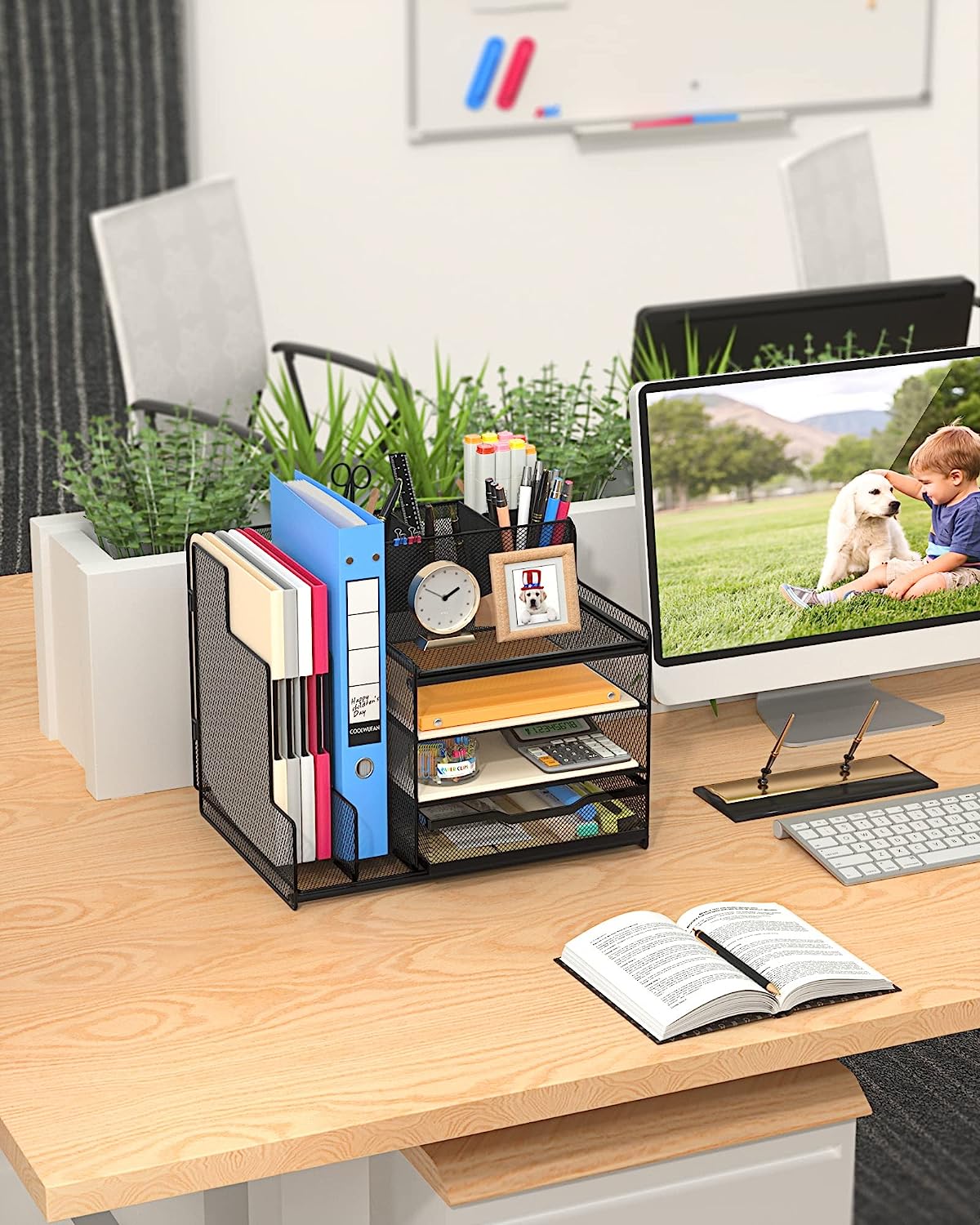

0 thoughts on “How To Organize An Office Space”